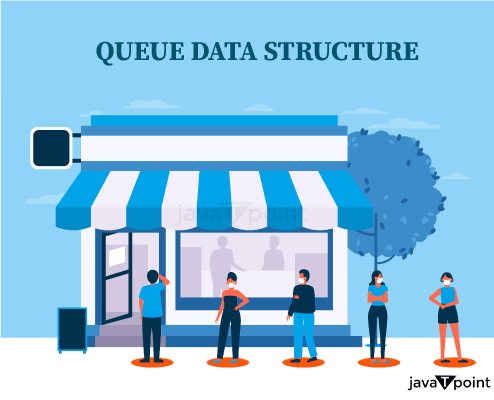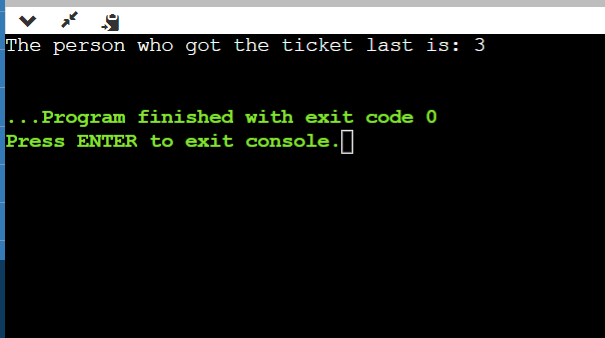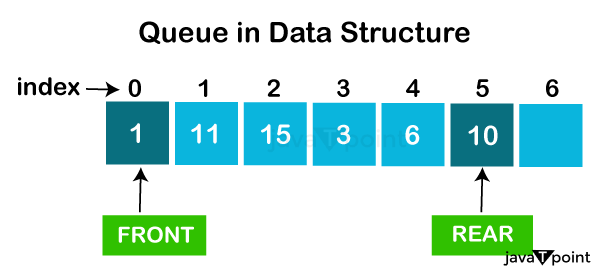DS Tutorial
DS Array
DS Linked List
DS Stack
DS Queue
DS Tree
DS Graph
DS Searching
DS Sorting
Differences
Misc
DS MCQ
Find out the person who got the ticket last problem in queueCertainly! Understanding how a queue data structure works and then implementing a strategy to discover who got the ticket last is required to solve the "find out who got the ticket last problem in a queue." Understanding the Issue:In a queue, people queue up, and the person at the front of the queue is the first to be serviced or processed. The task asks you to find the individual who is still at the bottom of the queue after a series of operations. Method and solution:Data Structure for Queues: A queue is a linear data structure that operates on the First-In-First-Out (FIFO) principle. To implement a queue in C++, use the std::queue from the queue> library. 
Steps for Solving the Problem: Initializing the Queue:
Carry out the following tasks:
Determine the Last Person: After all operations are completed, the individual at the back of the queue will be the one who received the most service. Program:Output: 
Explanation:

Customization and Complexity:You can change the code to include certain operations or constraints that are relevant to the issue statement. The amount of operations executed on the queue determines the temporal complexity of this strategy. In general, each action in a queue implemented with standard C++ libraries takes O(1) time. Remember to adjust the code to the exact requirements of the situation, such as adding, removing, or relocating persons in the queue based on the described operations. This solution acts as a fundamental structure that can be modified or adjusted based on the specific requirements of the challenge at hand.
Next TopicProduct Array Puzzle
|
 For Videos Join Our Youtube Channel: Join Now
For Videos Join Our Youtube Channel: Join Now
Feedback
- Send your Feedback to [email protected]
Help Others, Please Share









